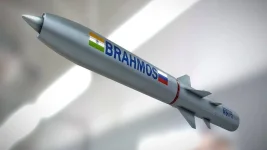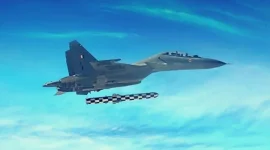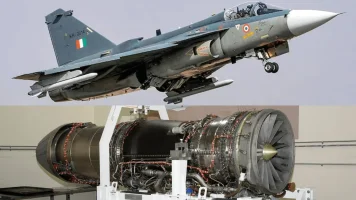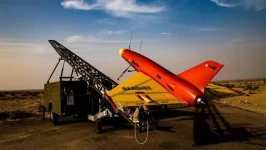- Views: 1K
- Replies: 16

The Indian Army flexed its conventional deterrence muscles with a successful BrahMos missile test conducted over the Andaman and Nicobar Islands. The Rising Sun missile specialists oversaw the launch, demonstrating the supersonic missile's precision and India's advanced technological prowess.
The Indian Army's Eastern Command hailed the exercise as a display of both the BrahMos missile's "unparalleled might" and the "formidable force" embodied by the Rising Sun BrahMos warriors. This successful launch further solidifies India's unwavering commitment to defending its sovereignty and bolstering stability within the Indo-Pacific region.
This missile test arrives during a period of escalating regional tensions. India's emphasis on maintaining a robust national defence posture is underscored by this test, sending a clear message regarding its deterrent capabilities.
The BrahMos missile, a collaborative effort between India and Russia, is an integral weapon system within India's defensive strategy.
Background on the BrahMos Missile
- The BrahMos is a supersonic cruise missile capable of carrying both conventional and nuclear warheads.
- Its name is a blend of the names of two rivers: India's Brahmaputra and Russia's Moskva.
- Due to its high speeds, the BrahMos is a challenging missile system to intercept.
Key Takeaways
- The successful test highlights India's continued advancement in missile technology.
- It serves as a potent reminder of India's commitment to bolstering its defenses amidst geopolitical complexities.
- The BrahMos missile is a cornerstone of India's military deterrence strategy.






